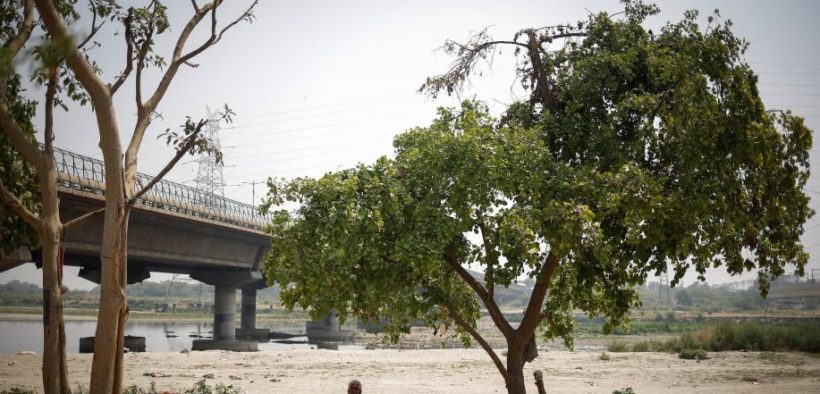Delhi, the nation’s capital, records its first heat-related death of the year

As India’s northwest swelters in record-high temperatures, media outlets reported on Thursday that Delhi, the country’s capital, has registered its first heat-related death of the year.
According to The Indian Express newspaper, a 40-year-old laborer passed away on Wednesday from heatstroke as a result of the heat.
On Wednesday, the Mungeshpur neighborhood in Delhi saw a record-breaking high temperature of 52.9 degrees Celsius (127.22°F). Meanwhile, portions of northwest and central India have been suffering from heatwave to severe heatwave conditions for weeks.
However, since the highest temperatures in other parts of the city varied from 45.2°C to 49.1°C, the reading for Mungeshpur may be updated.
On Wednesday, the lieutenant governor of Delhi requested that the government make sure that workers are protected at building sites by offering water, shade, and paid time off between noon and three o’clock.
Why are there increasing heat waves in India?
Temperatures have increased due to a combination of weather trends, according to the India Meteorological Department.
In India, May is usually the month when summer temperatures reach their height. However, this month, the IMD forecasted 7–10 days of heat waves in the northwest, instead of the typical 2-3 days.
Less non-monsoon thundershowers and an active but waning El Nino—a climate phenomenon that usually brings hot, dry weather to Asia and greater rainfall to portions of the Americas—were mostly to blame for this, according to the IMD.
The heat was also caused by warm, westerly winds that were coming in from Pakistan.
In eastern and southern India, where April temperatures were among the highest on record, summertime temperatures have already reached record highs.
For much of India, a heat wave alarm has been in effect since last Monday.
When the maximum temperature in plains regions hits 40°C, in hilly regions 30°C, and in coastal regions 37°C, and when the deviation from average maximum temperatures is at least 4.5 degrees, it is considered an IMD threshold for a heat wave.
The state of Rajasthan has also been suffering from extreme heat, with some areas experiencing temperatures as high as 50°C. According to government data, 451 incidents of heat stroke were registered on Wednesday alone, and since March, four individuals have died.
This summer has been particularly hot throughout Asia, a pattern that experts believe has been made worse by human-caused climate change.
Short-term respite
According to the IMD on Wednesday, the heatwave conditions would lessen over the next two to three days as a result of rains, a gradual drop in temperature, and southwesterly winds that are blowing from the Arabian Sea to northwest India.
On Wednesday night, there was a brief downpour in certain areas of Delhi.

I am a dedicated student currently in my seventh semester, pursuing a degree in International Relations. Alongside my academic pursuits, I am actively engaged in the professional field as a content writer at the Rangeinn website.








